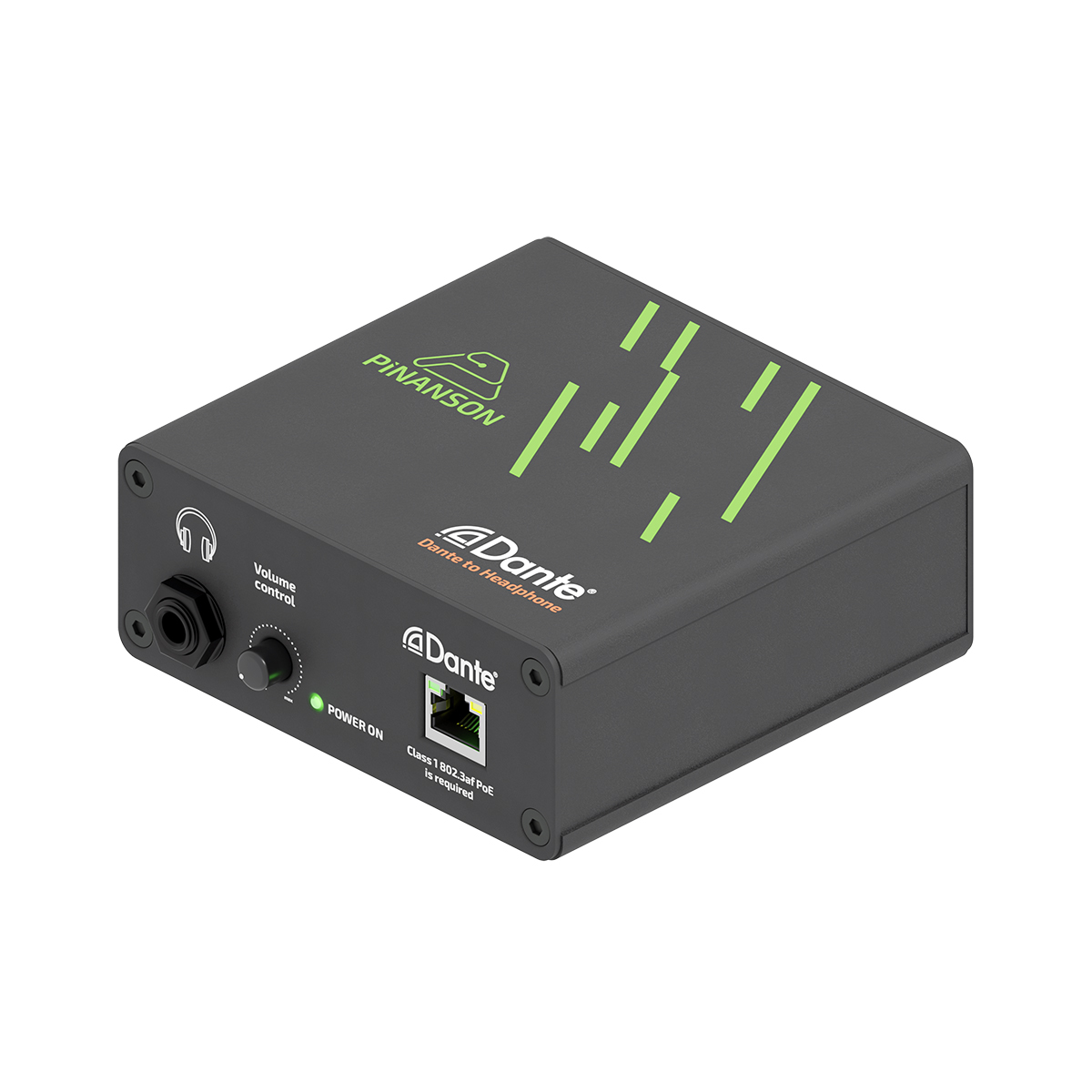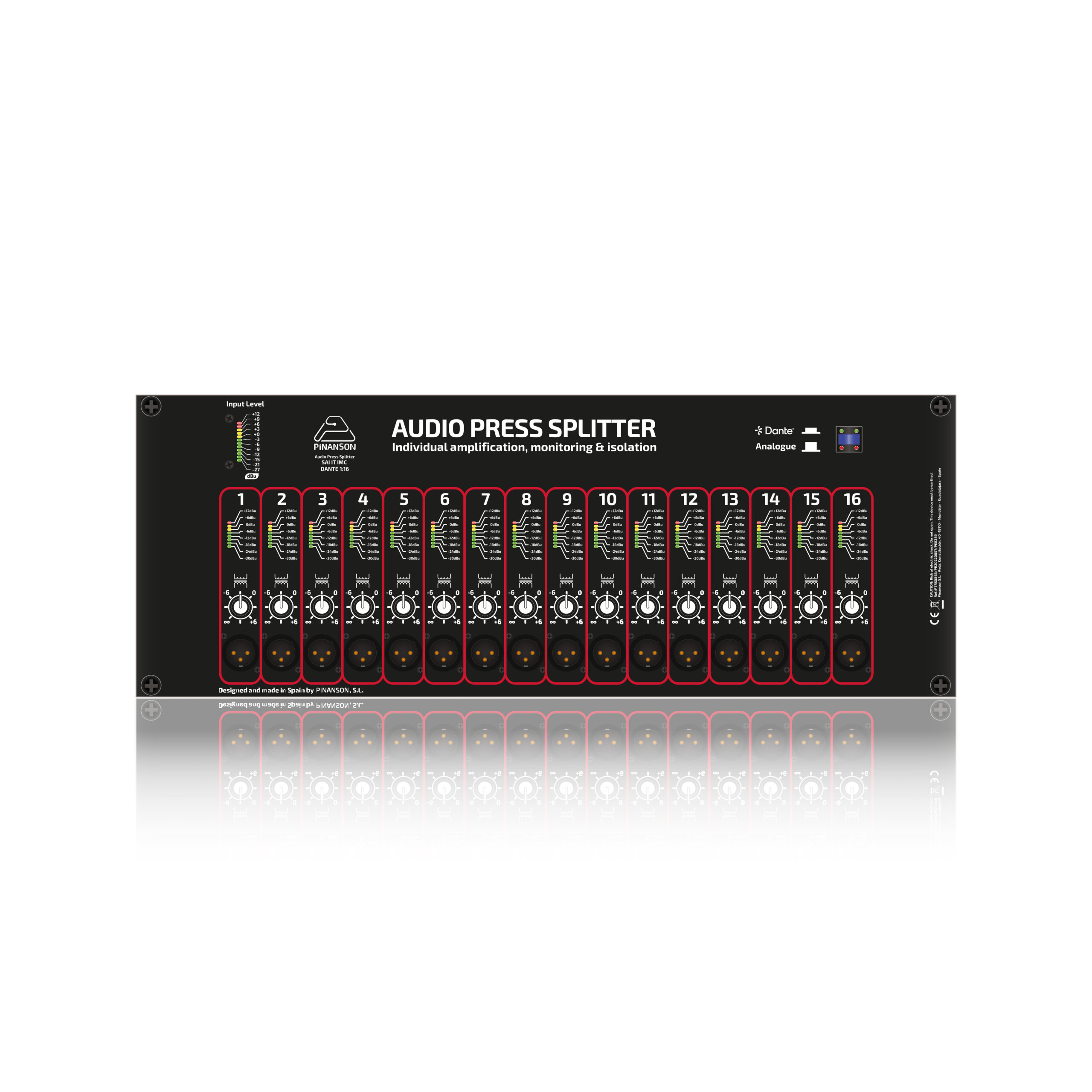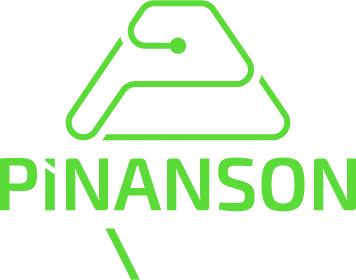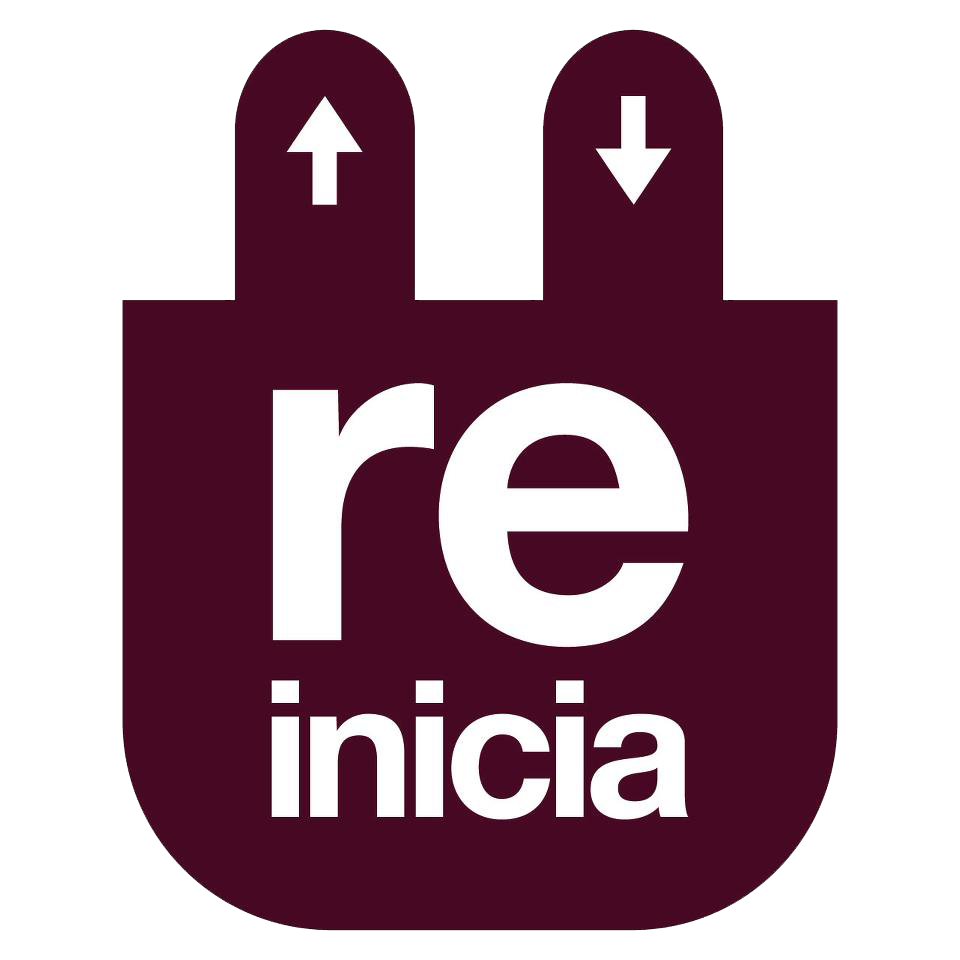Term: DANTE PROTOCOL
Dante is a proprietary Network Layer audio transportation protocol developed by Audinate.
Dante pachages audio data as a payload inside an IP packet. That means Dante traffic is fully routable-a router can send it from one Lan to another or from inside a VLAN to outside a VLAN.
Dante encompasses hardware, control software, and the transportation protocol itself. The audio sources have to be either Dante enabled or connected to a Dante-enabled device. You can turn a Windows or Appe computer into a Dante-enabled device using Audinate’s proprietary software, Dante Virtual Soundcard. Any standard switch or router can forward Dante data.
REQUERIMIENTOS AND CAPABILITIES
Dante requires a switched Ethernet network of 100 Mbps or better, with a least a Gigabit Ethernet backbone. Dante doesn’t require dedicated bandwidth, it uses the VoIP Diffserv category to prioritize audio and control data over other data. Therefore, it can coexist on a LAN with other data.
Over Fast Ethernet, a single Dante connection can carry 48 channels of bidirectional 24 –bit, 48-kHz audio. Over Gigabit Ethernet, a single Dante connection can carry 512 channels of bidirectional 24-bit, 48-KHz audio. As always, the actual limit on the number of channels depends on the quality of the audio stream. High quality equals fewer channels and vice versa.
DANTE TOPOLOGIES AND LATENCY
It can run over any Ethernet topology. The latency of the Dante network is set by the system administrator and managed by Dante control software. You set the latency based on the size of the network. For live sound, Audinate recommends setting a latency of no more than 1 ms. If the Dante packet arrives at its destination device before the set latency period is up, the device will actually delay slightly, which ensures that all Dante nodes remains in sync.
Dante doesn’t have the same latency at each node. Using the Dante control software, you can configure some network bandwidth for time-critical network paths (e.g.; the paths to your loudspeakers). But be forewarned: this flexibility has a price. Lower latency requires more bandwidth and thus limits the number of possible channels. Dante networks support a maximum of 10 hops. Dante is compatible with AES67.
Bibliography: “Networked AV Systems”. Brad Grimes|infoCom International. Editorial: McGrawHill.









